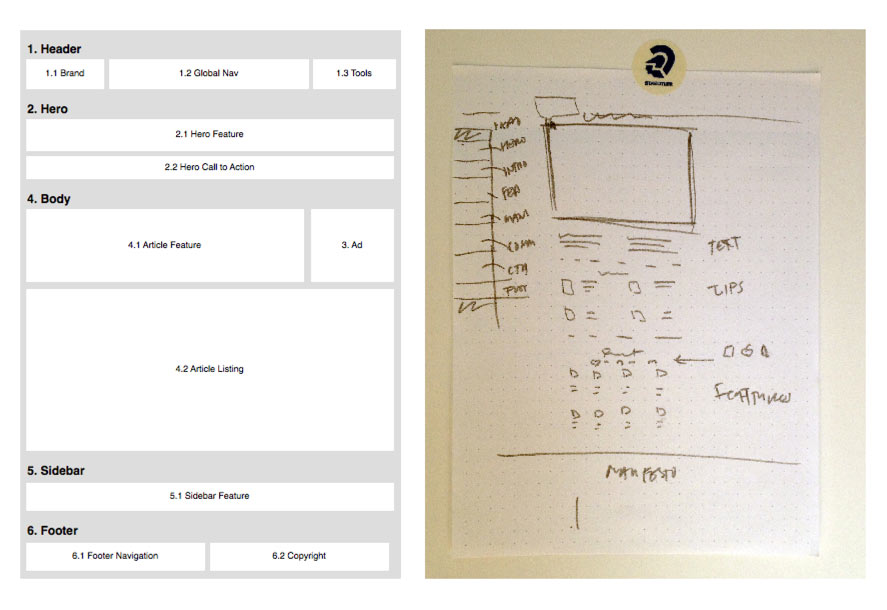We know that starting with why is important to product design, but what comes next? "How" would definitely come soon after. But there are many ways to propose how to begin exploring possibilities.
The 99u points to a number of questions to ask before starting a project, and how language matters. They refer to Warren Berger's article in the Harvard Business Review about one of the questions top innovators ask when confronted with a design challenge. It starts with the phrase "How Might We?" (HMW). It boils down to the selectivity and power of words, and in this case particularly with the choice of the word "might" rather than "can" or "should."
Here's why the words make a difference:
When people within companies try to innovate, they often talk about the challenges they’re facing by using language that can inhibit creativity instead of encouraging it, says the business consultant Min Basadur, who has taught the How Might We (HMW) form of questioning to companies over the past four decades. “People may start out asking, ‘How can we do this,’ or ‘How should we do that?,’” Basadur explained to me. “But as soon as you start using words like can and should, you’re implying judgment: Can we really do it? And should we?” By substituting the word might, he says, “you’re able to defer judgment, which helps people to create options more freely, and opens up more possibilities.”
Tim Brown of IDEO talks about how the words carry meaning for problem solving.
[W]ithin the phrase, each of those three words plays a role in spurring creative problem solving. "The 'how' part assumes there are solutions out there — it provides creative confidence," Brown said to me ""Might' says we can put ideas out there that might work or might not — either way, it’s OK. And the 'we' part says we're going to do it together and build on each other’s ideas."
Check out how IDEO are using the HMW phrasing at Open IDEO to get people thinking about and proposing how to solve challenges for social good.
I've been trying to do more to accentuate the positive, and keep conversations open to possibilities in my personal life and work, but it can be difficult to talk about solving problems without bias given agendas, missions, roadmaps, prior knowledge, and history.
Choosing the word "might" feels like one way to begin early problem definition and solving without the weight that comes from words like "should" or "can." It's like the freedom in the tentative and erasable nature of a pencil rather than the indelibility of a pen. "Might" leads to conversation that is open to consider different directions rather than saddling you with choices that feel cemented too early.
Min Basadur's story about discovering the concept for Coast soap at Proctor and Gamble embodies this idea of opening up the conversation. The word "might" can lead to re-asking the question, and maybe even realizing that you're asking the wrong one. What I love most about that story is that ultimately asking "How might we" led back to asking "Why?"
Along with the broader notions of starting with why, the HMW question seems a very powerful tool for facilitating design discussions and problem definition. I don't see very concrete, prescriptive techniques here, which is a good thing. The suggestion of asking the HMW question may be enough, but Brown warns that the size and types of design problem matter. HMW may not work for problems as big as "How do we solve homelessness?"
Read more about HMW in the Harvard Business Review.
http://blogs.hbr.org/2012/09/the-secret-phrase-top-innovato/

